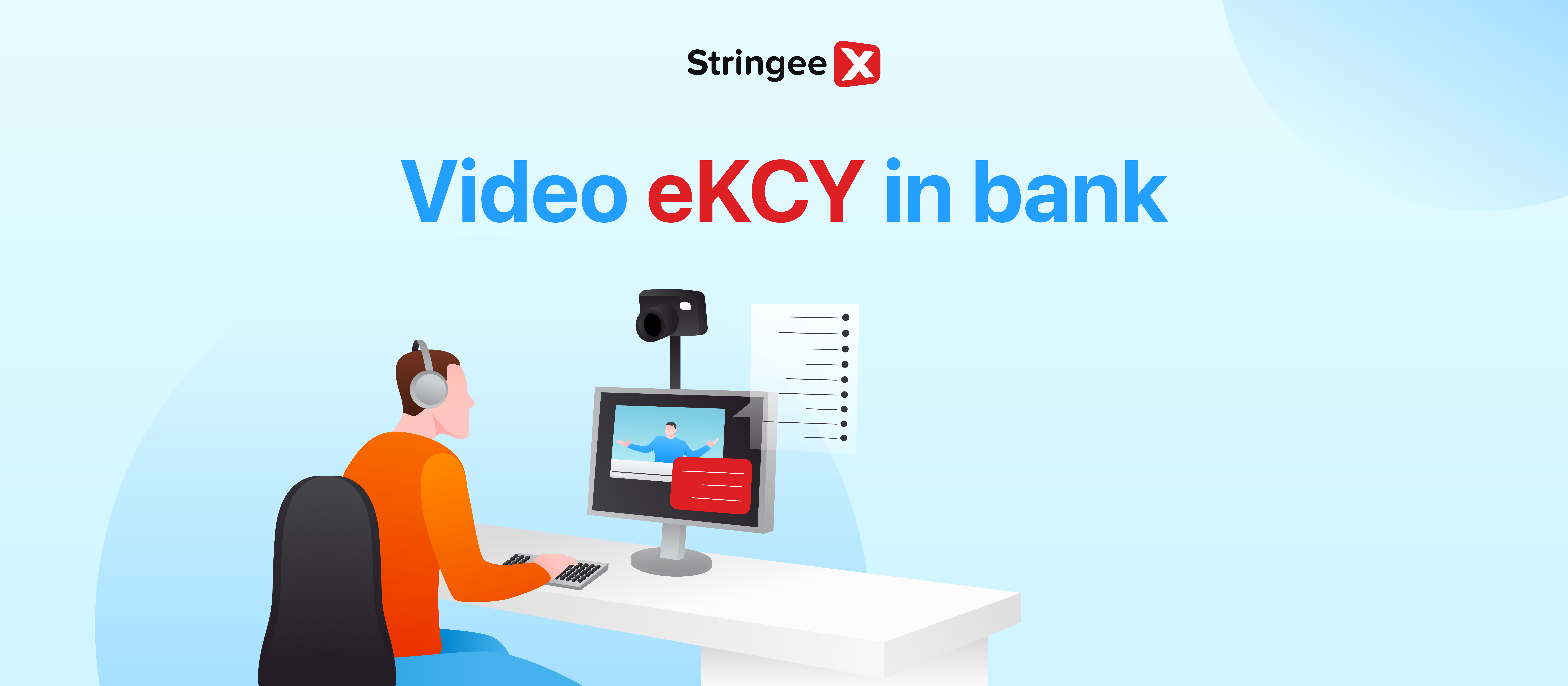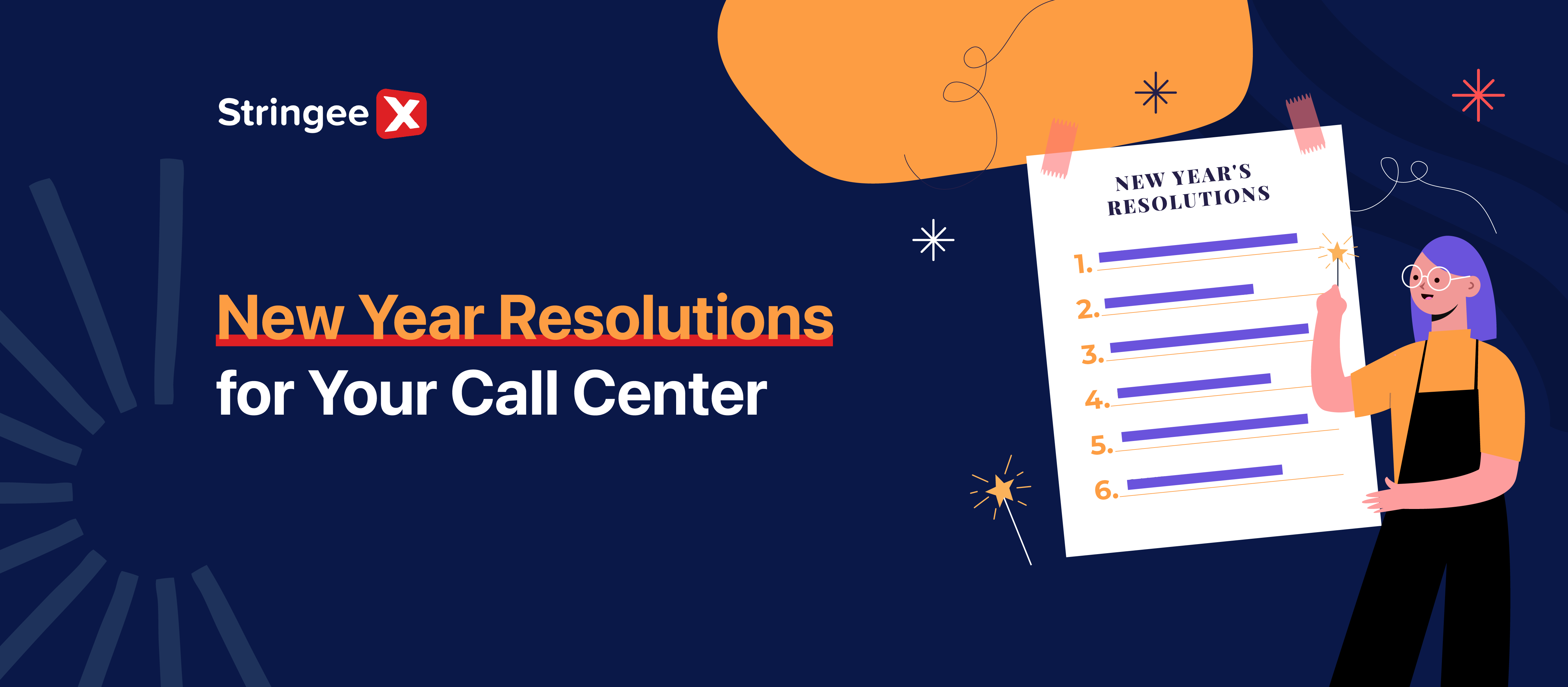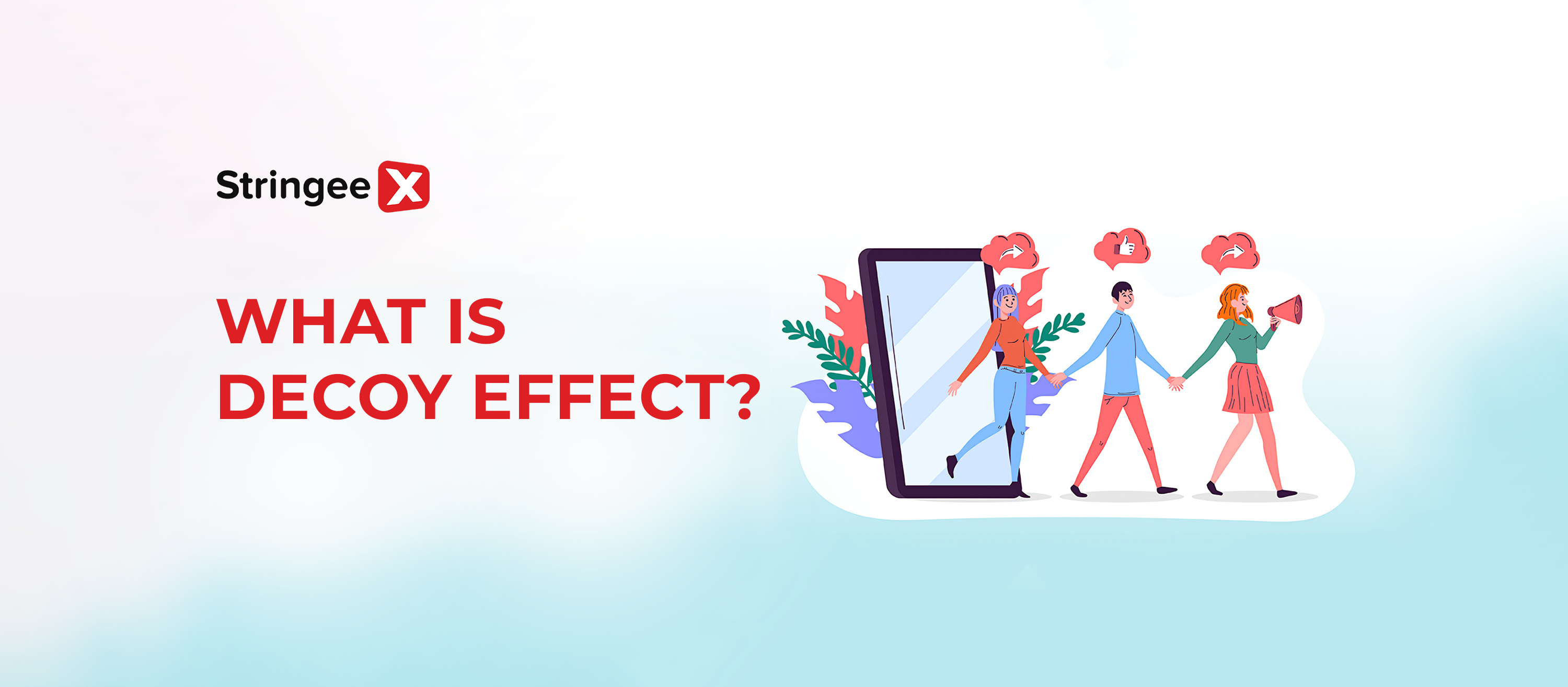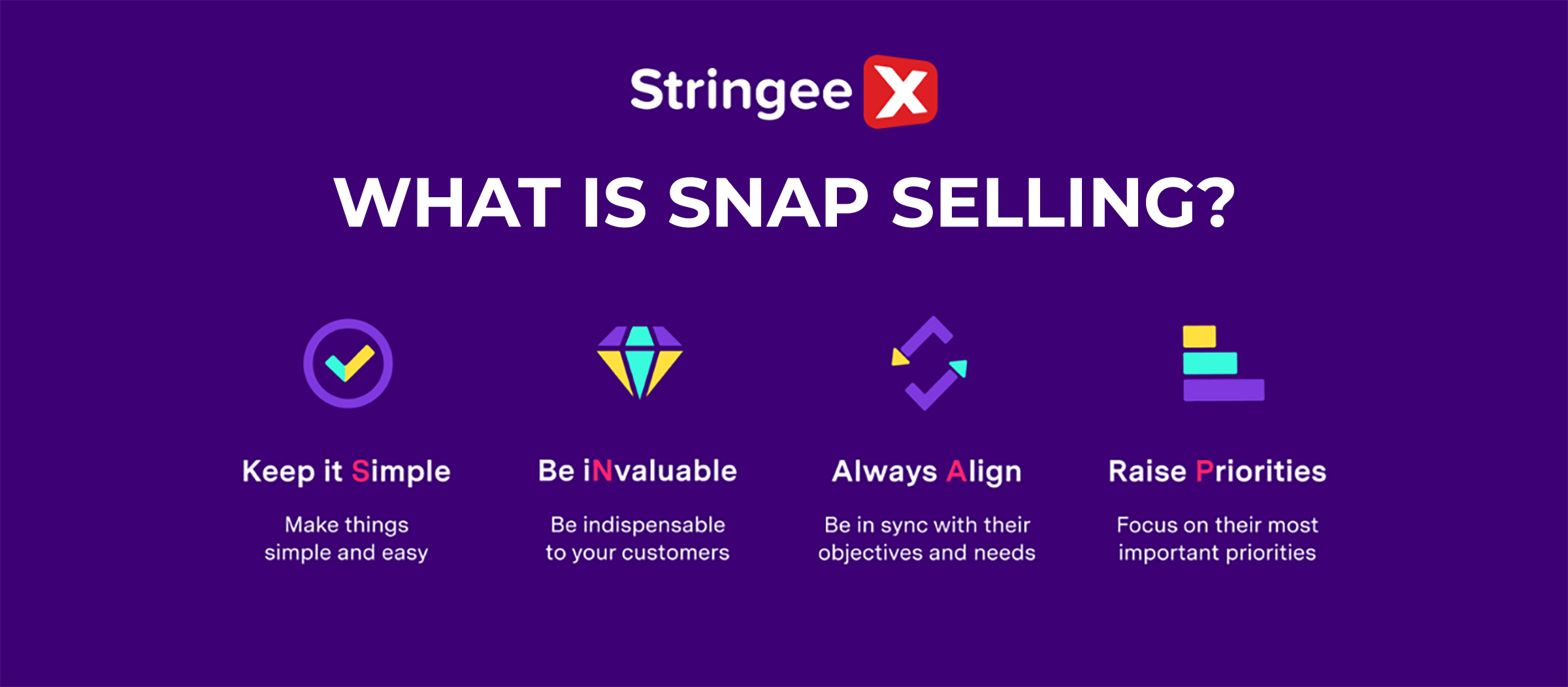Introduction
Video KYC in bank is modernizing the institution's process for customer identification and enhancing their security system. In the wake of digital banking, integrating video into the KYC process will help banks ease onboarding, facilitate convenience, and thereby stay a step ahead of fraud cases. How does this work, and how do you do video KYC? Let's dive in for more details.
Video KYC in banking enhances customer experiences - Source: Freepik
What Is Video KYC In Bank?
Video KYC in banks involves the verification of a customer's identity through a video call. During this process, the customer is asked to show identification documents. That way, the bank can confirm someone's identity in real-time.
Video KYC may involve live calls, depending on the bank's process, or it can automatically capture video at key stages of detection to show signs of fraud. This form of security ensures more safety and faster onboarding and is easier on the customer than most in-person KYC processes.
How Does A Video KYC Work In Banking?
Customer Detail Submission
Video KYC starts with the customer uploading their details through a secure web-based platform. This includes important information such as name, address, and contact details.
This becomes the initial submission to ensure that the bank is fully prepared with all information required for the safe verification of the identity of a customer.
Facial Recognition And Liveness Detection
The information, once provided, would automatically trigger the system's face recognition technology. It would scan the customer's face and link it with the photograph on his passport or any presented identity document.
Then, liveness detection will take action to ensure the individual is present and not just use static images or recorded videos to deceive the system.
It's the technology that verifies small movements, like blinking or facial expressions, to know that the person is real and is part of the process.
Video KYC verifies small movements on the face - Source: Freepik
Document Presentation And Verification
After the face recognition, the customer is asked to present his identity documents directly to the camera. An agent or automated system reads the information on the document through OCR. It displays the name, document number, and date of expiration.
This helps verify that the document is appropriate and actual. Then, it'll cross-checked with information provided at the time of customer detail submission.
Live Interaction With Customers
The final step is a live video KYC interview with a trained KYC agent. In this interaction, the agent will be asking specific questions from the customer to validate the identity of the customer and further assess if there is any risk.
The customer may need to confirm certain details from the documents presented. They can also be asked to perform some other actions, like turning the head or smiling. These agents are specifically trained to identify signs of stress or coercion, which may then suggest fraud.
What Are The Benefits Of Video KYC In Banking?
Remote And Faster Customer Onboarding
Video KYC saves banks from making their customers physically visit any of their branches. It accelerates the speed of onboarding, which is more convenient for the customer. Thus, it reduces the chances of a drop-off in the registration process.
Quicker onboarding means quicker account activation and reduced irritation for better customer satisfaction.
Efficient Customer Verification
Video KYC ensures a more correct and speedy way of verification of identity using AI-powered verification. Automated systems like facial recognition and document scanning help reduce human error. It makes the process smoother and more reliable. The efficiency allows banks to deliver verification in the shortest time with quality assurance.
Enhanced Security
Like eKYC in banks, video KYC offers additional security features through the use of advanced technologies like liveness detection and face recognition. These advanced tools help prevent fraud. It is because the person needs to present their ID in front of the camera.
Video interactions further make it hard for any fraudster to present deepfake technologies or commit identity theft, safeguarding both the bank and the customer.
Video KYC reinforces security - Source: Freepik
Inclusivity
The major advantage of video KYC is its accessibility, especially to people living in rural or remote areas. Given the fact that customers do not have to go to a physical branch, this process makes banking services more inclusive. It also enables people from under-served regions to reach financial products with ease.
Cost Reduction
Banks benefit from cost savings through video KYC. It reduces reliance on physical infrastructure to reach out to more customers. Thus, it helps cut down on the use of paper for filling out forms and reducing in-person verification.
The ease of this digital process brings down operation and compliance-related expenses, with improvements in overall efficiencies. Therefore, this makes it a cost-effective solution for banks.
Shorter Turn-Around-Time (TAT)
Video KYC automates most of the verification steps, and the verification processes are also much faster. It cuts down on turn-around times massively so that a bank can onboard customers much quicker and more precisely.
Digitization of documents allows for easy integration into bank records, further streamlining the onboarding journey.
With the integration of KYC within modern contact centers, such as StringeeX, a customer's data is quickly verified, pre-filled in forms, and stored on a single interface, saving agents a lot of time and effort in verifying the data, so they may pay more attention to the issues of customers.
How To Complete A Video KYC?
Meet Requirements
Keep a valid identity document at hand, like Aadhaar, e-PAN, or a passport. Make sure there is stable internet and a working camera on your phone/computer. You will be requiring a registered mobile number to obtain OTPs.
Access The Website And Complete The Form
Log in to your bank's official website or any other financial institution. There, find a video-based KYC option and fill out an online form that will require your information, such as your name, address, and contact details.
Allow Location Access And Upload Documents
Next, you'll be asked for permission to access your phone's location. This verifies your location for regulatory purposes. You will be able to upload the required documents, which might include an Aadhaar card or passport, by scanning them or fetching them directly from the DigiLocker account.
Verify Details And Enter OTP
Please check all the information you have filled in the form for accuracy before submitting it. Further, the OTP will be sent to the registered mobile number. You have to enter the OTP to confirm your identity, and it will serve as a digital signature on the application form.
Enter the OTP to confirm your identity - Source: Freepik
Receive The Link And Start The Video Call
Once the OTP is validated, you will get an SMS or an email with a link to join the video call. In some cases, this link opens automatically in certain banks. Click that link to start your video call to the bank's KYC.
Capture Photo And Show Documents
During the video call, the KYC officer will ask you to show them your original identity documents, such as an Aadhaar card, PAN card, or passport, to the webcam.
The officer will click on a live photograph of the customer. After capturing the photo, AI-powered face recognition software will verify whether the picture on the ID document matches the captured photograph. Liveness detection ensures the actual presence of the person, avoiding the risk of fraud.
Answer Questions And Get Outcome
The officer will ask some random questions just to verify the identity. It may be some info from the uploaded documents or questions regarding your application.
When the call is off, depending on the outcome of verification, the officer will recommend either approval or rejection. If all goes well, then comes the approval for your KYC.
Sign Physical Form
Sometimes, the officer may print out your application form and request you sign it in his or her presence. The form is scanned and uploaded to the system. The original copy of the form may be returned to you, which completes the whole process.
Conclusion
Video KYC in bank services provides an efficient, safe, and effective method of onboarding from any location. It will improve customer experience and prevent fraud by leveraging such technologies as AI-driven face recognition and liveness detection. In modern banking, video KYC is an essential tool for streamlining verification processes while ensuring compliance with regulatory standards. Follow StringeeX for more information about video KYC!










